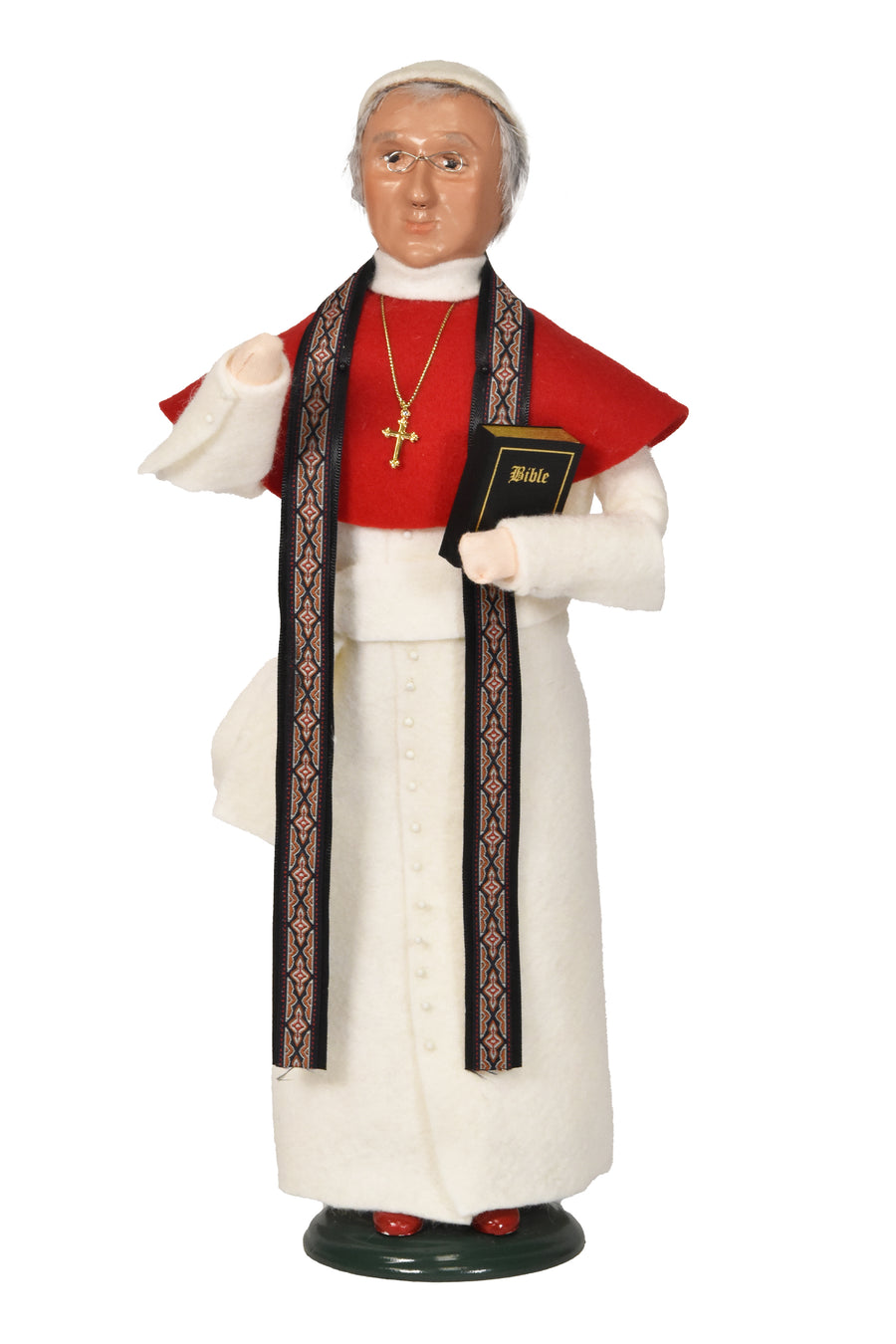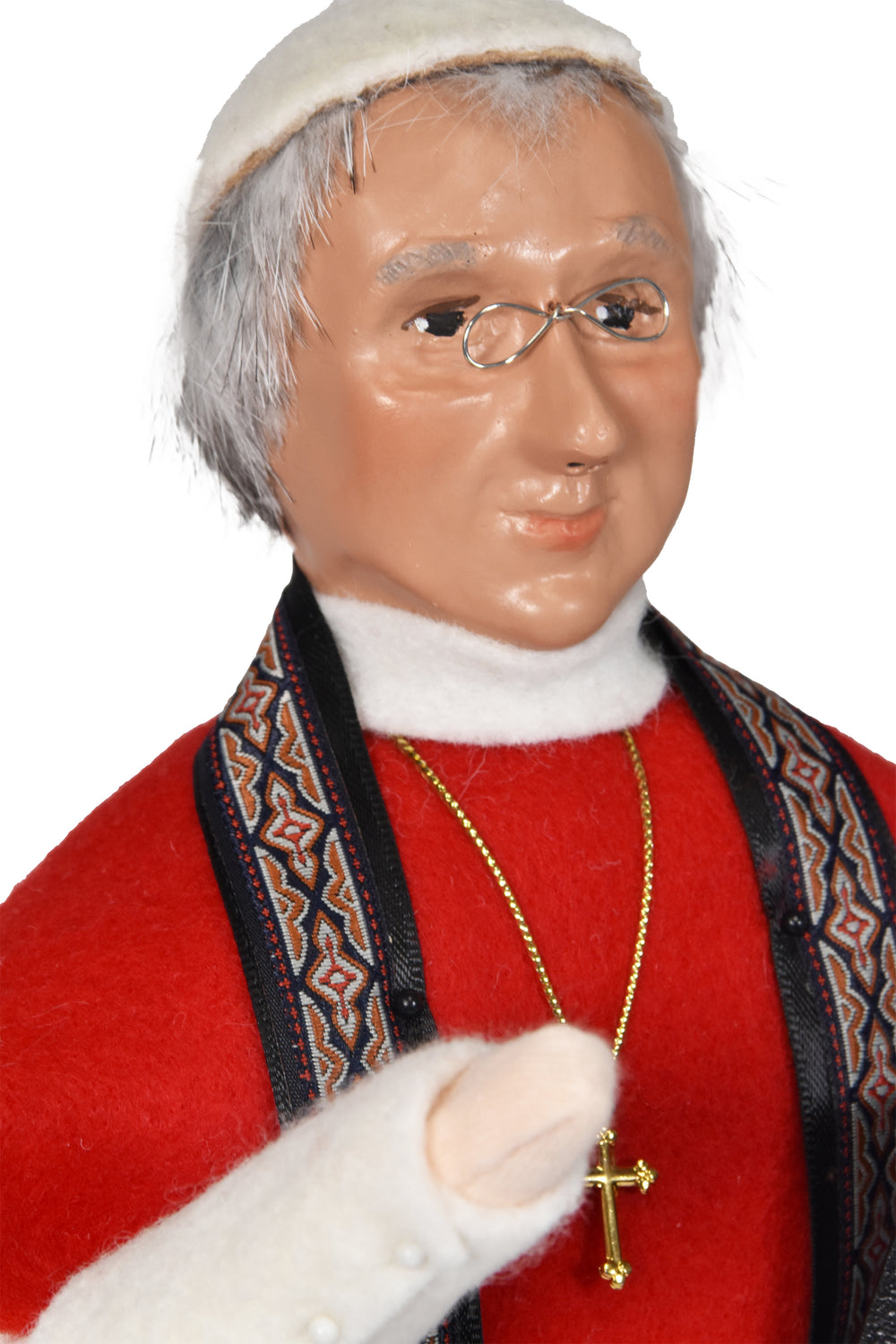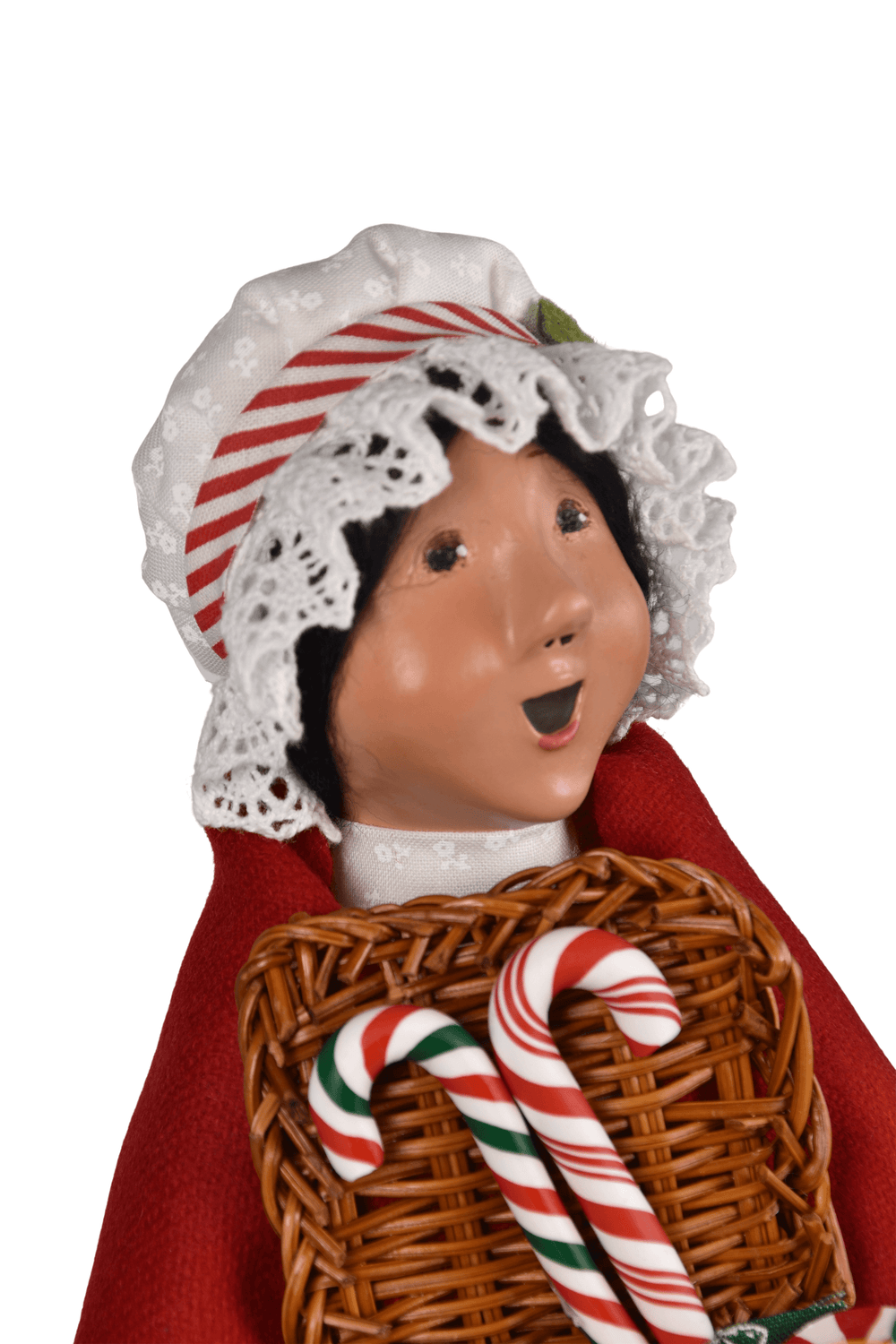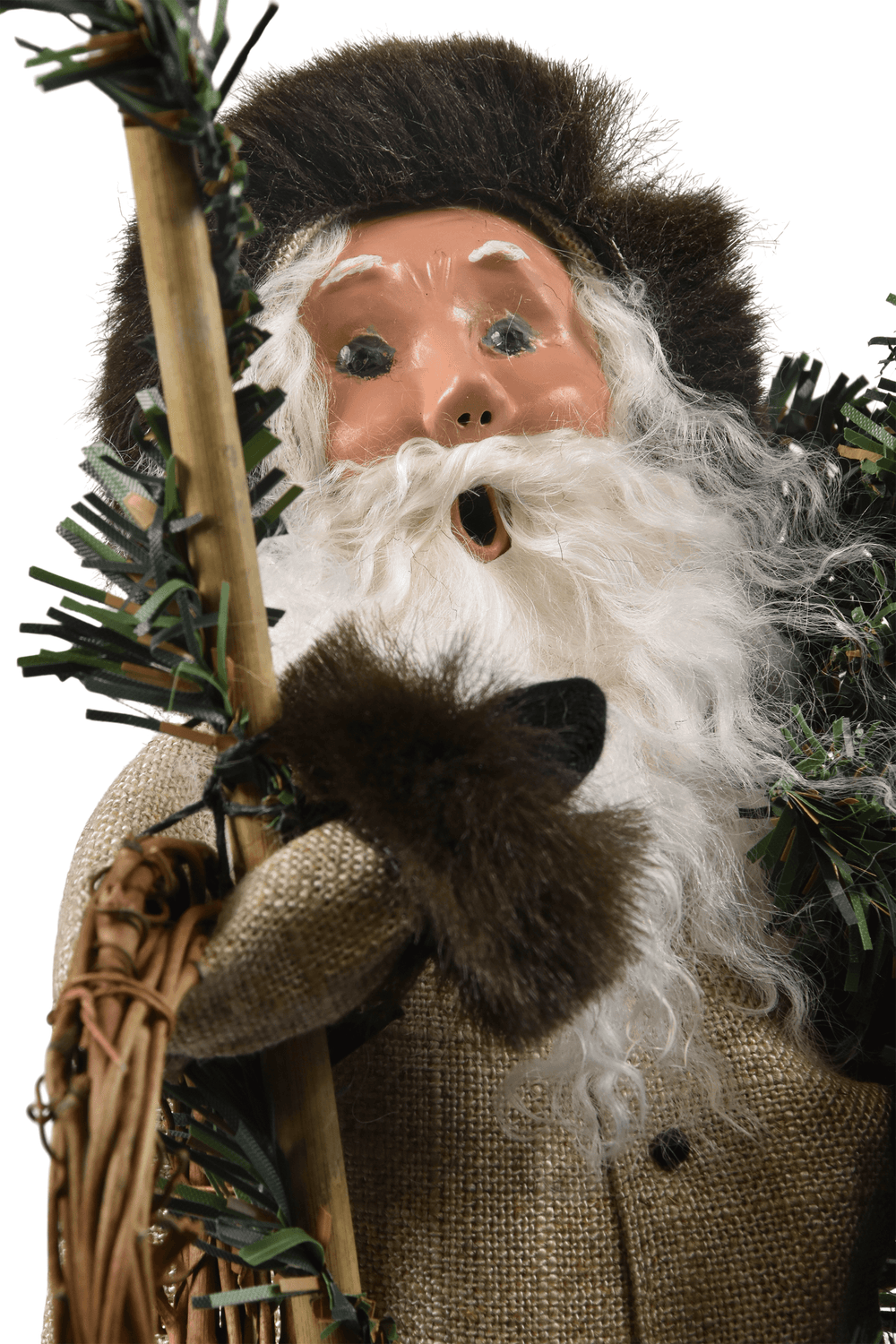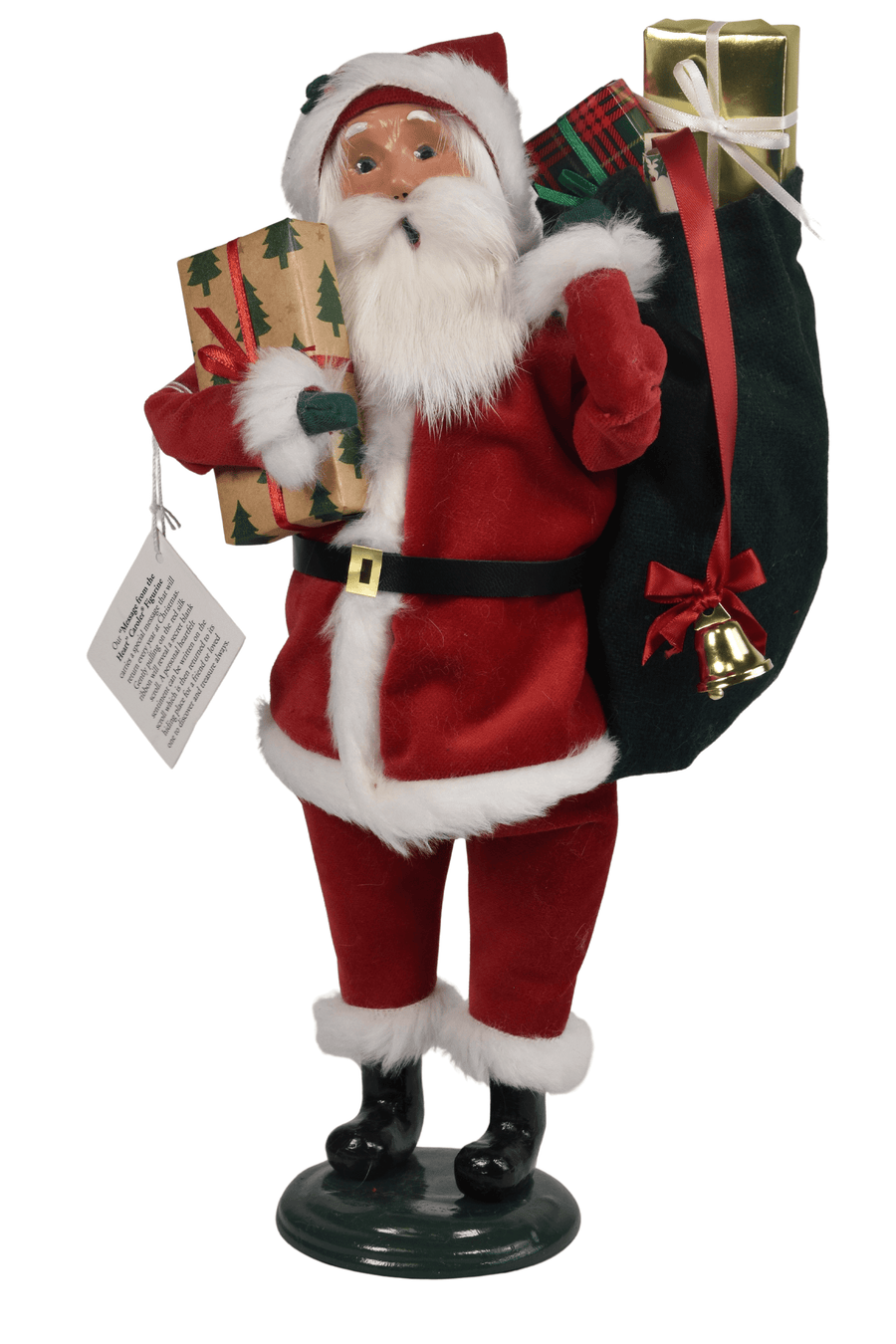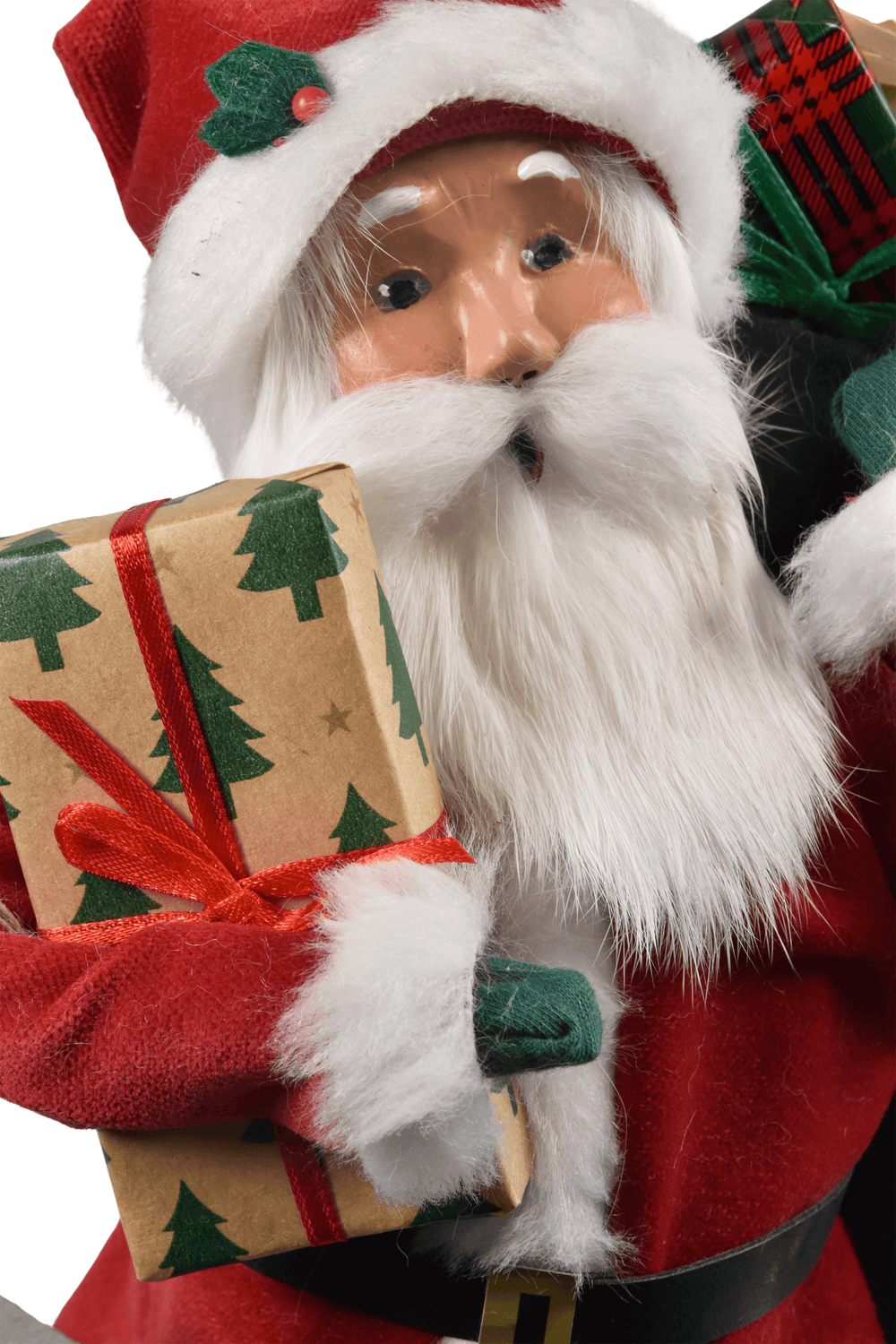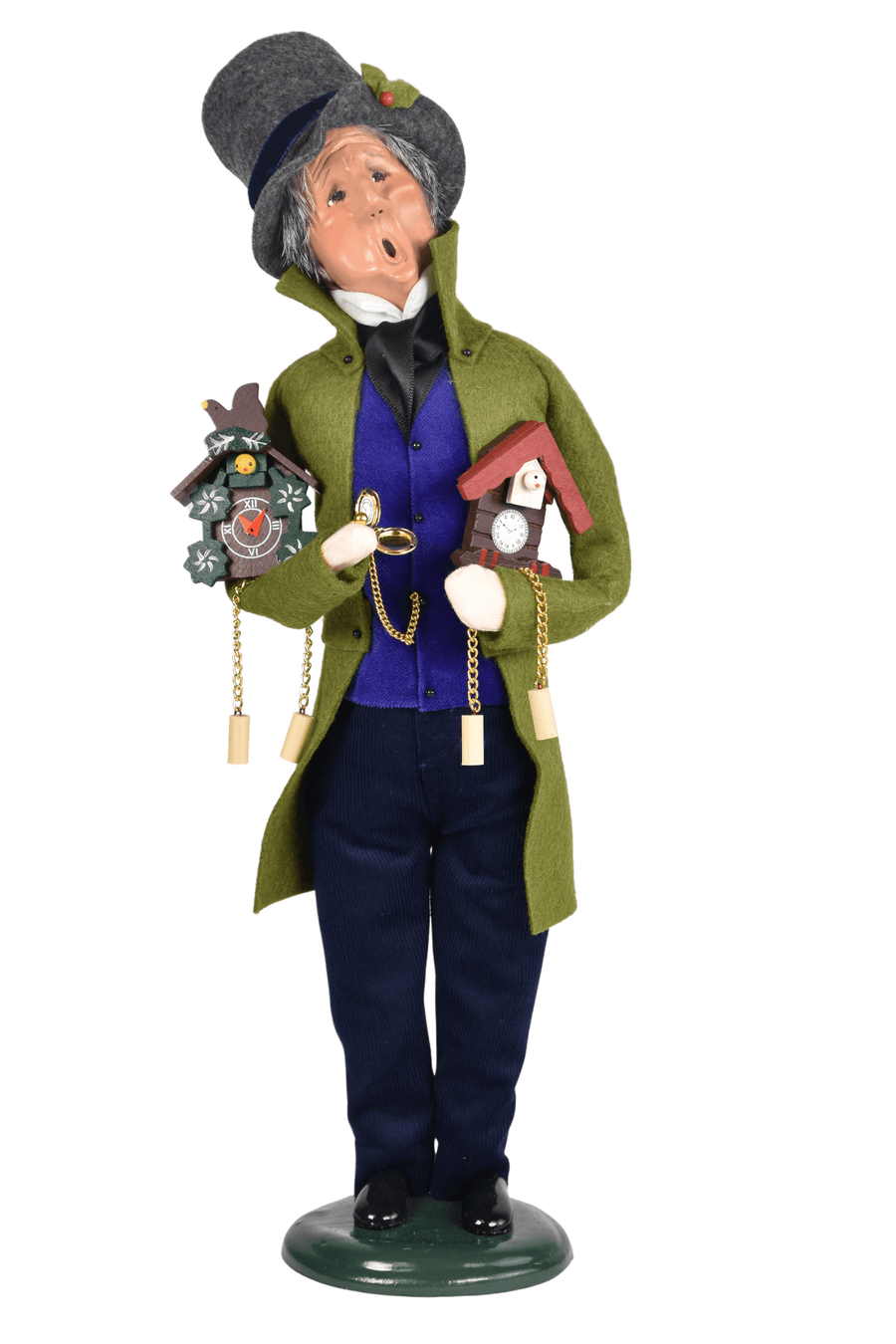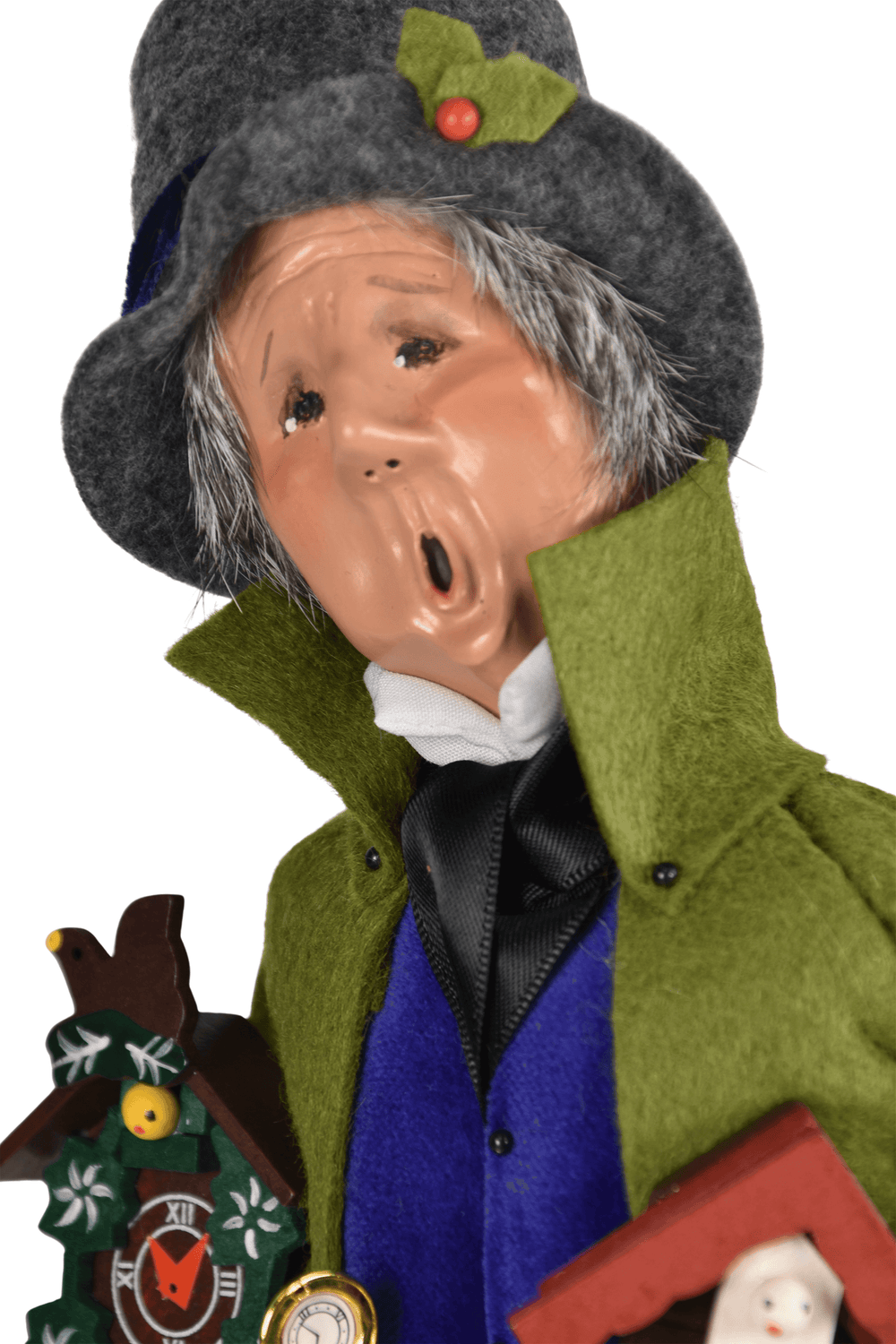Candy Canes
Not only are candy canes used as sweet Christmastime treats, but they are also used for decoration. How did this...
English Victorian Traditions
The Victorian Era saw a great revival in the celebration of Christmas in Great Britain. Two hundred years before, Christmas...
Polish Christmas Traditions
An elaborate Polish Christmas tradition is “Wigilia,” a strict 24-hour fast that begins on Christmas Eve and ends with a...
Chocolate Santas
The late 1800s was the golden age of Chocolate production and consumption throughout Europe. Many cities and towns had competing...
Scandinavian Traditions
In Scandinavian culture, the Christmas season officially begins on December 13th—Saint Lucia’s Day. Early in the morning on Saint Lucia’s...
Advent Calendars
For generations, people have used a variety of ways to mark the passing of the days leading up to Christmas....
Colonial Virginia Traditions
The 18th century American Colonial Christmas was a very different affair than the one we celebrate today. In fact, in...
Pennsylvania Dutch Traditions
The German and Swiss immigrants who came to Pennsylvania around 1700 brought with them their own beloved Christmas traditions, which...
Russian Christmas Traditions
Christmas in Russia has had a long and turbulent history. For centuries, Russians observed Christmas in the traditions of the Eastern...










